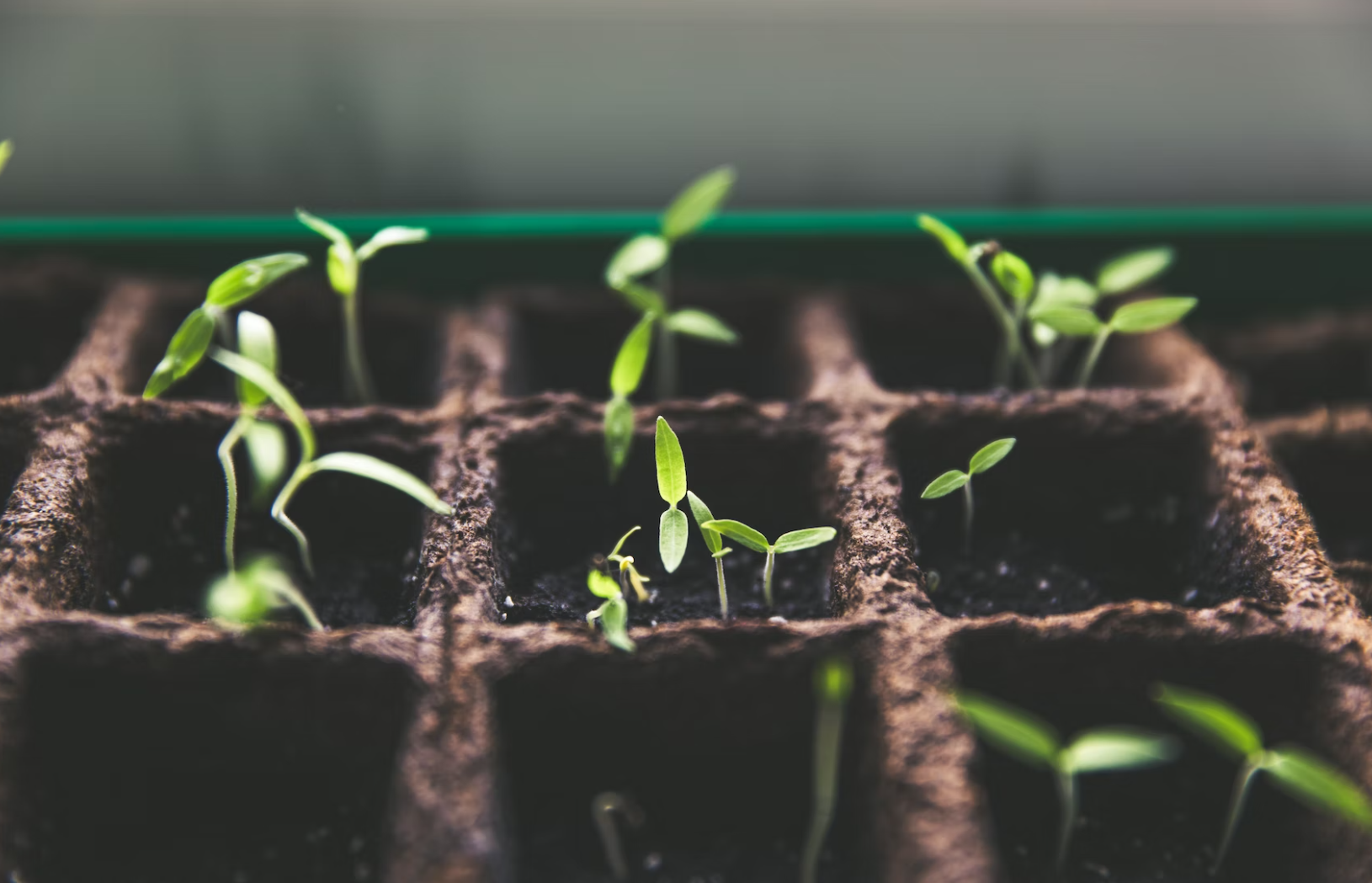Creating an Eco-Friendly Landscape: A Guide to Sustainable Gardening
Just because you're gardening sustainably doesn't mean you have to sacrifice style or function. In fact, sustainable gardening practices can actually lead to a healthier, more resilient landscape. Not sure where to start? This guide will show you how to create a beautiful and sustainable eco-friendly landscape.
Plant Native Species
One of the best ways to create a sustainable landscape is to use native plants. Not only are native plants well-adapted to your local climate, but they also require less water and fertilizer than non-native plants. To find out which plants are native to your area, check with your local nursery.
Incorporate Drought-Tolerant Plants
Drought-tolerant plants are another great option for sustainable landscaping. These types of plants are typically native to arid regions and require little water to survive. When selecting drought-tolerant plants for your landscape, be sure to choose varieties that are well-suited to your climate and soil type.
Use Organic Fertilizers and Pest Controls
Conventional fertilizers and pest controls can pollute groundwater and harm wildlife. To avoid these negative impacts, use organic alternatives instead. Organic fertilizers, such as compost or manure, provide essential nutrients to plants without harming the environment. And when it comes to pest control, several effective organic options are available, including ladybugs and nematodes.
Mulch Your Garden Beds
Mulching is one of the best things you can do for your garden beds—it helps conserve moisture, prevent weeds from germinating, and keep soil temperatures consistent. When mulching your garden beds, be sure to use organic materials like wood chips or bark mulch. Avoid using plastic sheeting or other synthetic materials, as they can harm plant roots and disrupt drainage patterns in the soil.
Water Wisely
Water is one of our most precious natural resources—and it's something we often take for granted here in the United States. If you want to create a sustainable landscape, it's important to water wisely by using efficient irrigation methods and investing in drought-tolerant plants. When watering your landscape, consider using a drip irrigation system or soaker hose instead of a traditional sprinkler system—drip irrigation systems can save up to 50% more water than conventional sprinklers. You should also water early in the morning or late at night when evaporation rates are lowest.
Creating an eco-friendly landscape doesn't have to be a challenge. By following the tips outlined in this guide, you can create a sustainable and beautiful outdoor space that will last for years to come. From using native plants and drought-tolerant varieties to incorporating organic fertilizers and pest controls, mulching your garden beds, and watering wisely, you’ll soon find yourself well on your way toward developing an environmentally friendly landscape with minimal effort. With just a few simple steps, you can ensure that your yard is green and gorgeous.


